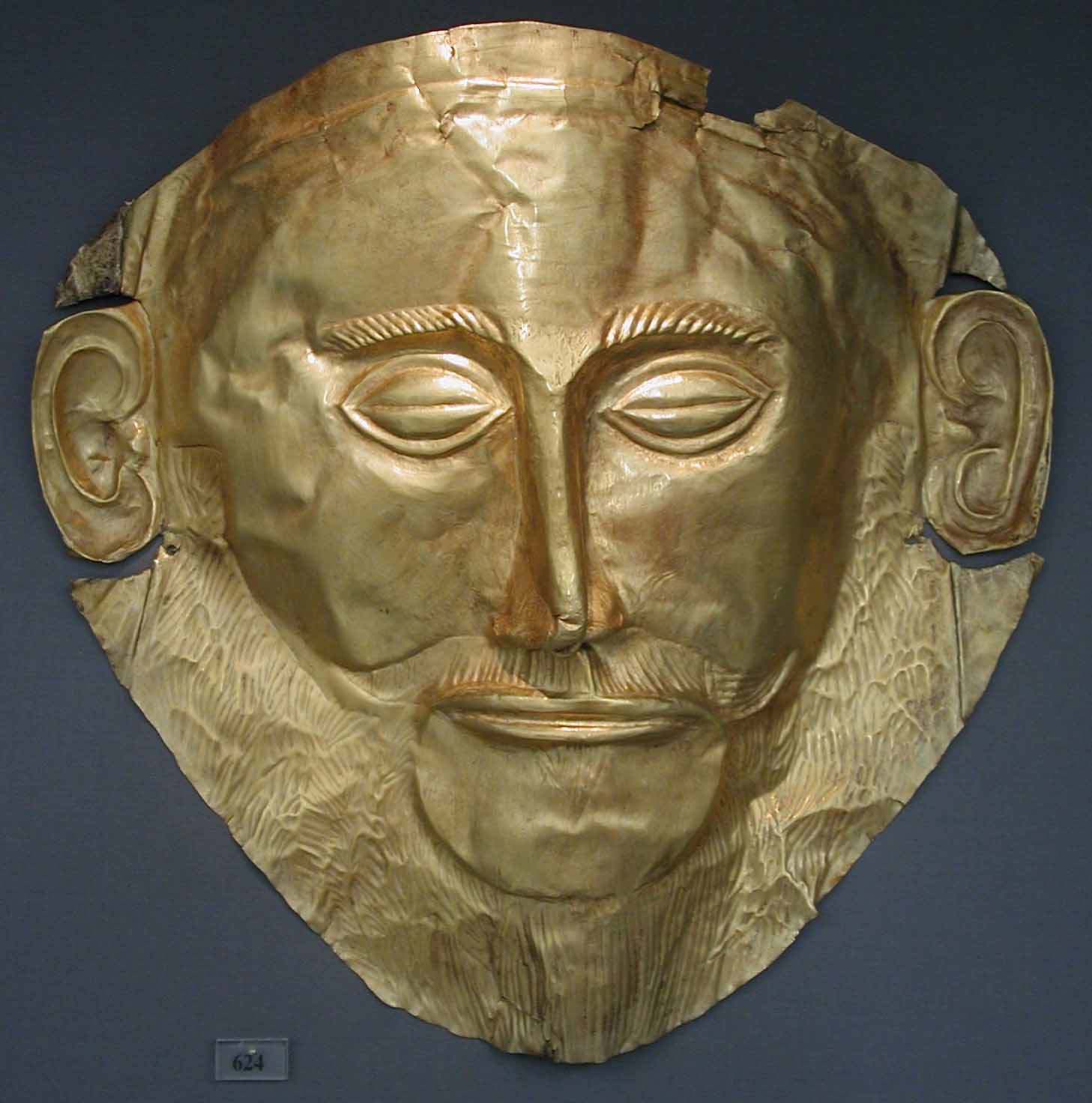Land tour - Day 1 - Epidaurus
The Corinth Canal (1893) 75 feet deep, 4 miles long. Aegean to Ionean Sea.
The tour bus was tall with a great view
Epidaurus was known for its theater.
Built in 4th Century B.C.
Standing in the middle, entertainers can be heard throughout the theater
A long way to be able to hear so well
Would be entertainers testing the acoustics
Several people performed
You can easily hear performers all the way up here
The audience didn't appreciate "Great Balls of Fire"
Reputed to be the birthplace of Apollo's son, Asklepios the healer
Mycenae is an archaeological site in Greece, located about 90km south-west of Athens, in the
north-eastern Peloponnese. In the second millennium BC Mycenae was one of the major
centres of Greek civilization. This period of Greek history 1600 BC to 1100 BC is called
Mycenaean in recognition of Mycenae's leading position.
The best known feature of Mycenae is the Lion Gate, which was built in 1250 BC
Here's a better look at the gate

The asclepieion at Epidaurus was the most celebrated healing center
A real close up of the Lions

Mask of Agamemnon, Discovered by Heinrich Schliemann in 1876 at Mycenae

The burial site of the father of King Agamemnon at Mycenae.
Entrance to the tomb grave of Atreus ("Treasure of Atreus") built around 1250 BC
Beehive tombs, (Tholos tombs), are a Mycenaean chamber tomb from the Bronze Age.
With some patience you can get a good picture, without too many people in it